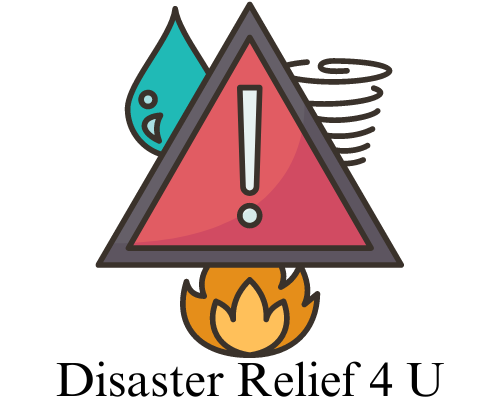Did you know that tornado warnings are widely misunderstood by a significant portion of the population in the mid-South region? In a recent study conducted by Cory Armstrong at the University of Nebraska-Lincoln, it was found that many individuals struggle to accurately identify a tornado warning. This lack of understanding can have serious consequences when it comes to preparing for and responding to tornado threats. Let’s explore some key findings from the study and discuss ways to improve communication and preparedness for severe weather events.

This image is property of scx2.b-cdn.net.
Misconceptions About Tornado Warnings (500 words)
Have you ever confused a tornado warning with a tornado watch? You’re not alone. According to Armstrong’s study, approximately 50% of individuals in the mid-South region cannot accurately distinguish between a tornado warning and a tornado watch. This misunderstanding can lead to complacency or confusion when severe weather strikes, putting lives and property at risk.
A tornado watch is issued when conditions are favorable for the formation of tornadoes, while a tornado warning is issued when a tornado has been sighted or indicated by radar. Understanding the difference between these two alerts is crucial for taking appropriate action to stay safe during a tornado event.
Importance of Proper Communication (500 words)
Effective communication by emergency personnel is essential for ensuring that the public understands the severity of tornado threats and knows how to respond appropriately. Armstrong’s study highlights the need for clear and concise messaging when it comes to tornado warnings.
One of the key challenges identified in the study is the lack of consistent terminology used in tornado alerts. Different regions may have varying definitions for terms like “tornado warning” or “tornado watch,” leading to confusion among residents. Standardizing communication protocols and using plain language can help improve understanding and compliance with tornado warnings.
Factors Influencing Preparedness (500 words)
Your geographic location and past experiences with severe weather can significantly influence how you prepare for tornado threats. Individuals living in tornado-prone areas are more likely to have plans in place for severe weather events, while those in regions with less frequent tornado activity may be less prepared.
Armstrong’s research found that personal experiences with severe weather, such as witnessing a tornado or experiencing property damage from a storm, can motivate individuals to take proactive steps to protect themselves and their families. Understanding the risks associated with tornadoes and having a clear plan in place can help mitigate the impact of severe weather events.
General Preparation Plans (500 words)
Do you have a general preparation plan for severe weather events? It’s important for individuals and families to have a comprehensive emergency plan in place to ensure their safety during tornado threats. This plan should include:
- Identifying a safe shelter, such as a basement or interior room, where you can take cover during a tornado.
- Stocking up on emergency supplies, including food, water, medications, and first aid supplies.
- Having a reliable method of receiving weather alerts, such as a NOAA Weather Radio or smartphone app.
- Developing a family communication plan to ensure that everyone knows what to do in case of an emergency.
By having a well-thought-out preparation plan in place, you can increase your chances of staying safe during tornado events and minimize the potential impact on your property and well-being.
Future Research and Initiatives (500 words)
What is being done to improve tornado warning communication and preparedness efforts? Armstrong is currently working on a study of drought alert responses in FEMA’s Region 7 to help develop more effective messaging for the public. This research will provide valuable insights into how different communities respond to severe weather alerts and how communication strategies can be tailored to meet their specific needs.
In addition to academic research, initiatives such as public awareness campaigns and community workshops can play a vital role in educating the public about tornado threats and empowering individuals to take proactive measures to protect themselves and their loved ones. By raising awareness and fostering a culture of preparedness, we can help build more resilient communities that are better equipped to respond to severe weather events.
Conclusion (200 words)
In conclusion, the findings of the study conducted by Cory Armstrong highlight the need for improved communication and preparedness efforts when it comes to tornado warnings. By addressing misconceptions, enhancing communication protocols, and encouraging individuals to develop comprehensive emergency plans, we can better protect our communities from the impacts of severe weather events.
Remember, your safety and well-being are paramount when it comes to tornado threats. Take the time to educate yourself about tornado warnings, develop a personal emergency plan, and stay informed about severe weather alerts in your area. By working together and taking proactive steps to prepare for tornadoes, we can build more resilient communities and reduce the risks associated with severe weather events.
This image is property of earimediaprodweb.azurewebsites.net.
